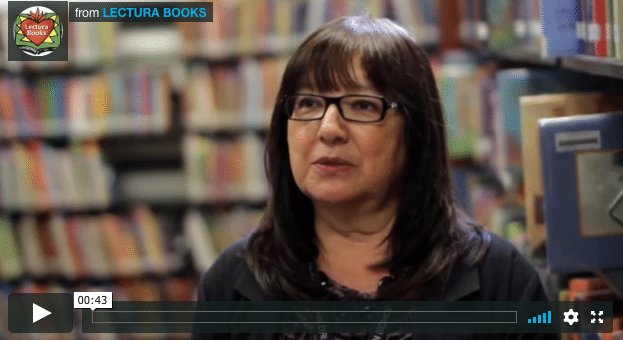Four Terrific Ways Principals can Support English Language Learner (ELL) Students
Knowing that the principal is the most influential and important individual at a school, here are four terrific ways principals can support English Language Learner (ELL) students, says a white paper on the role that school principals play.
The principal’s leadership is what sets the tone of a school, the degree of concern for students, the morale, the level of professionalism and the teaching climate, it says. Principals are also responsible for setting the important vision that all students learn how to read, the paper adds. Here are some great things principals can do to make a real difference:
School-wide professional development builds a shared understanding of the English Language Learner’s needs and a common commitment to the various instructional practices that support them, says the Education Northwest organization.
For instance, knowing if an ELL student has commitments outside of school can shed light on why he or she may not be doing well academically, states Colorin Colorado, a bilingual site for educators and ELL families, which can then factor into decisions of how a school might able to help.
Principals can assist in this area by making sure that outgoing communication is translated into the family language, states Education Northwest. They can also set up systems making sure that incoming communication from parents are understood by someone at the school.
ELL students usually need additional time to learn vocabulary, sentence structure and learning how to read. A great way, and a very comfortable way, for most ELLs is through a family involvement, reading program like the Latino Family Literacy Project. From home, kids can build their English language skills, like vocabulary and sentence structure, by reading bilingual books with their families. The Project trains teachers in helping to guide parents in establishing a routine. Teachers can attend a 1.5 online webinar training to use a culturally competent family literacy program using culturally appropriate books for language development and ESL skills.

